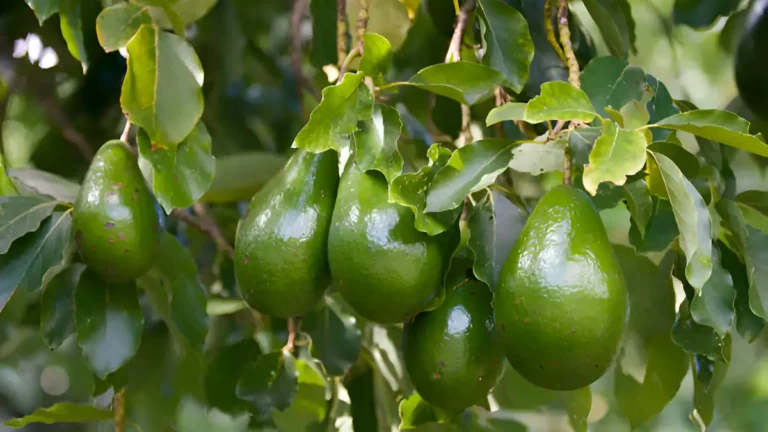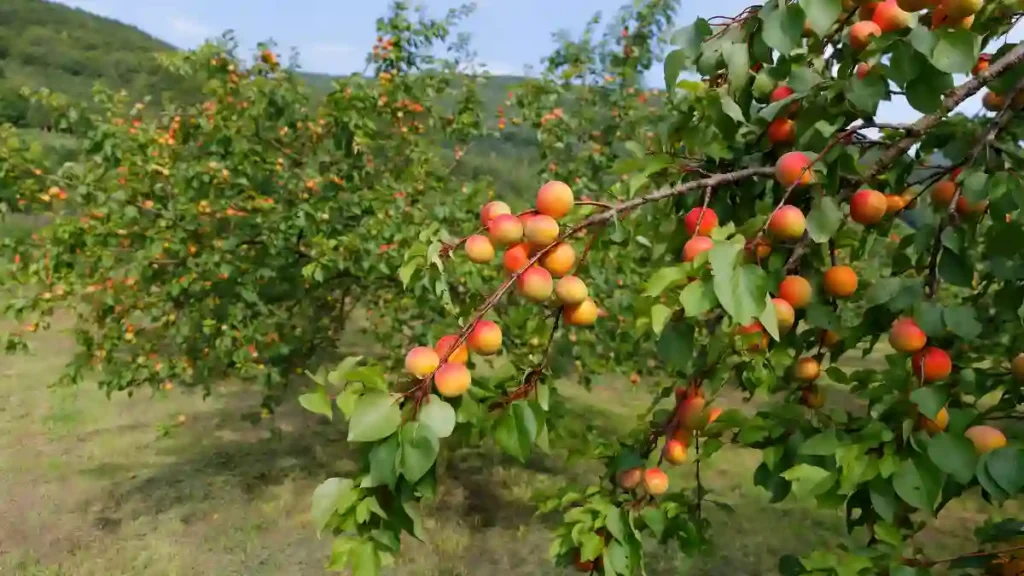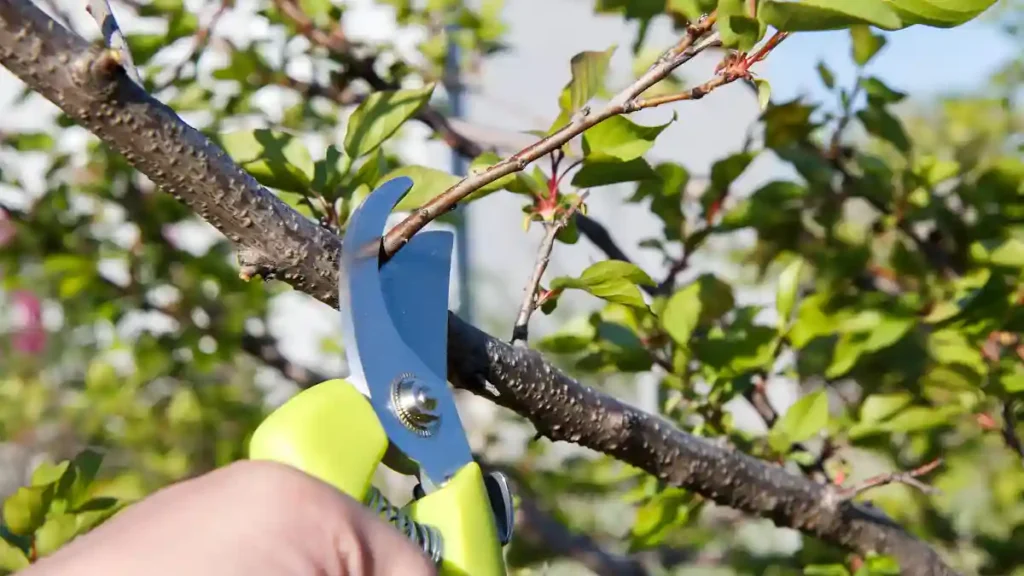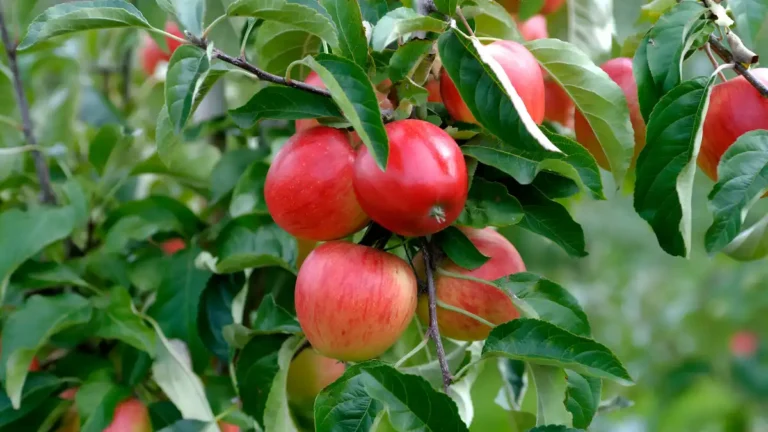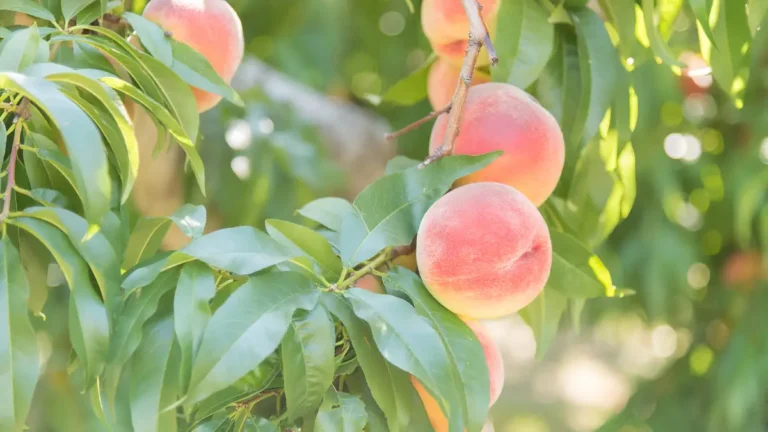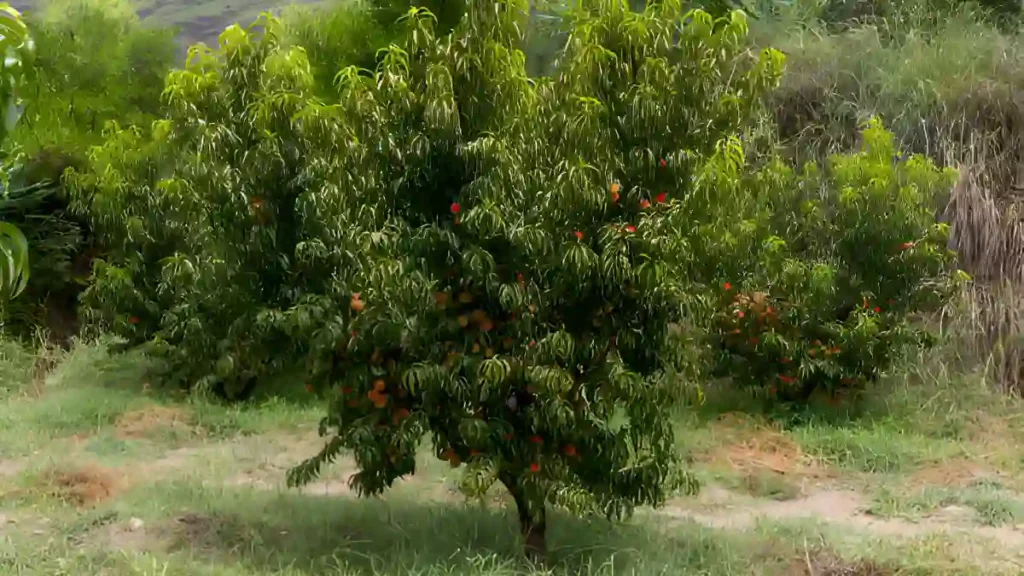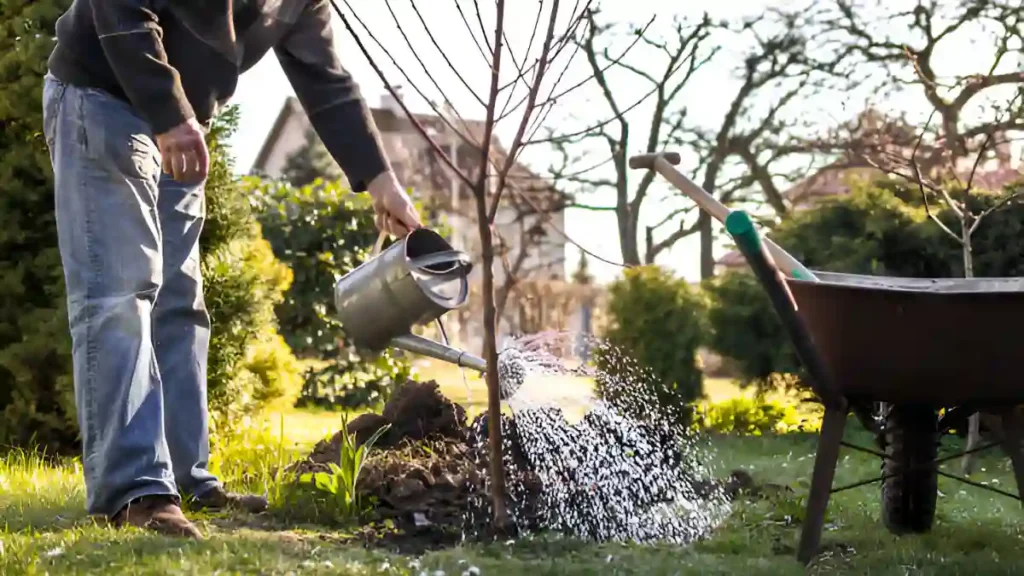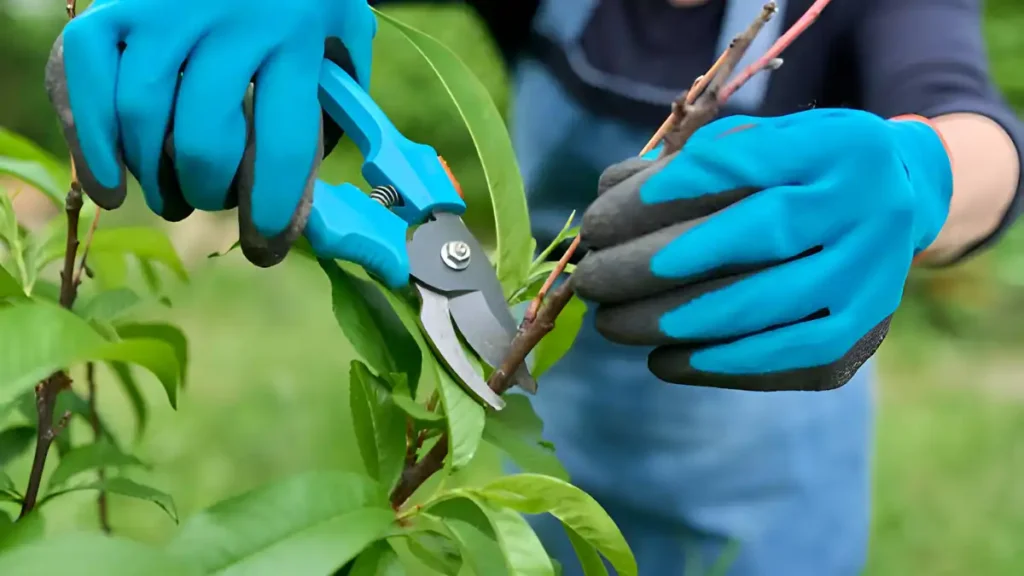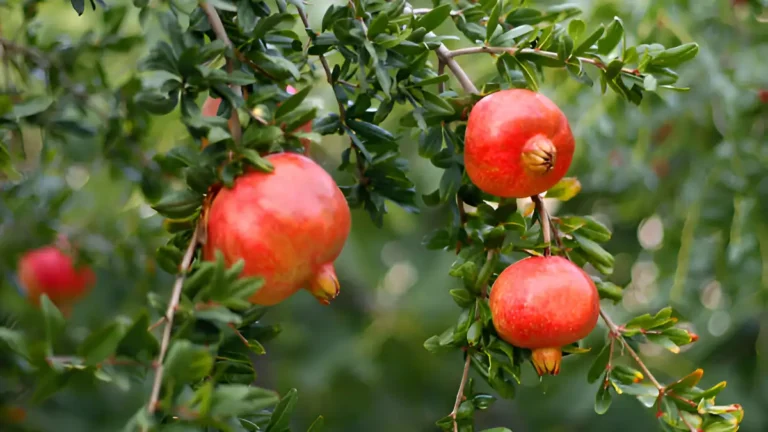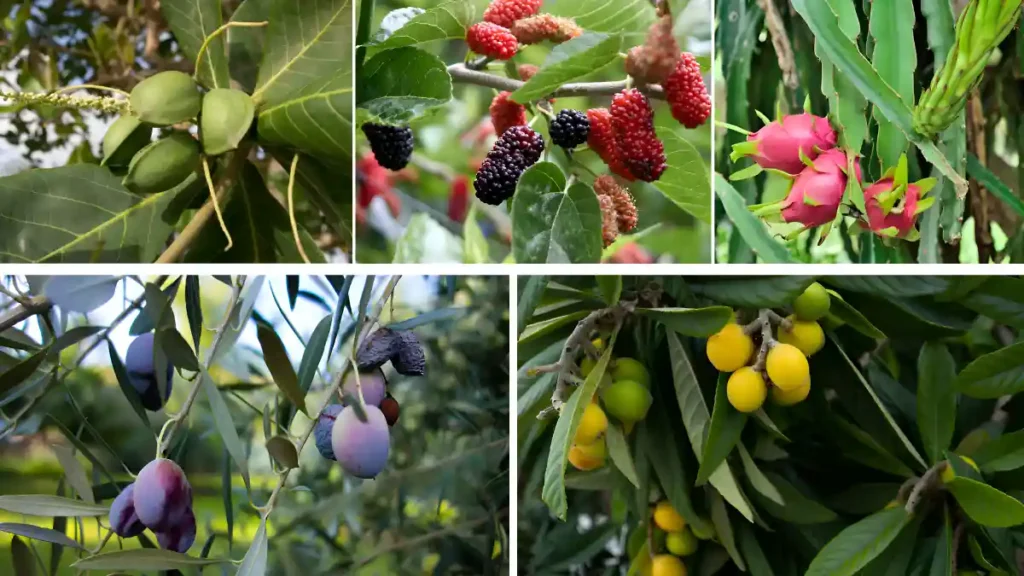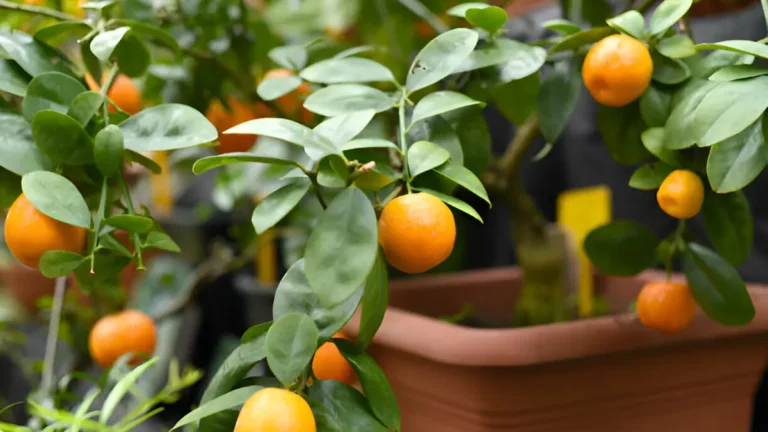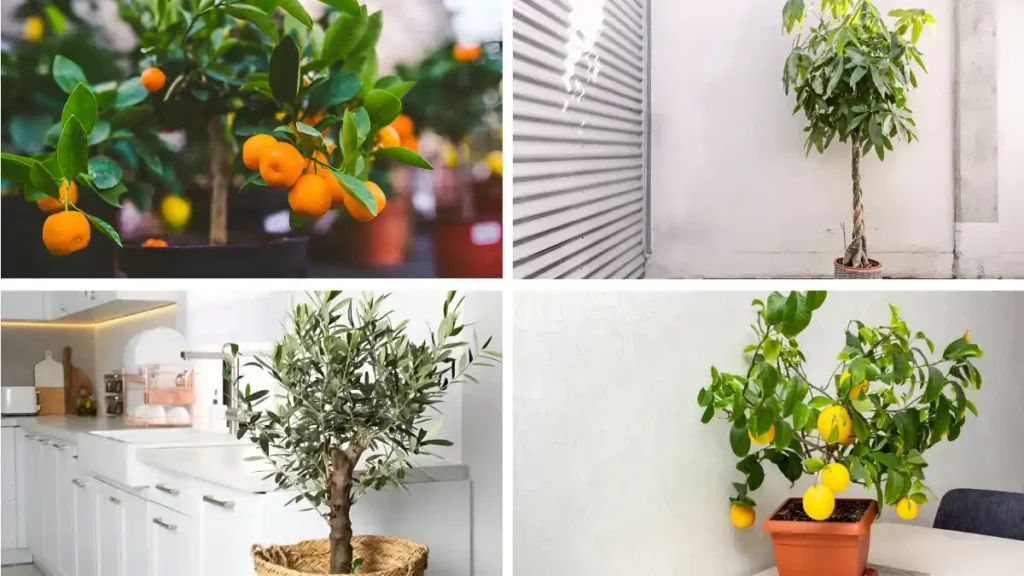Native to Central and South America, Persea americana, or avocado tree, is an evergreen tropical and subtropical tree. The tree, which may reach a height of 80 feet, is well-known for its rich, creamy fruit and does best in warm, non-frosty regions. It has huge, glossy green leaves and is a member of the Lauraceae family. Avocado trees are a delightful addition to any garden or interior setting. To produce your supply of this rich, adaptable fruit, you may learn how to grow an avocado tree indoors or outdoors in a sheltered spot. It is important to adhere to a set of well-thought-out procedures to guarantee success. We will walk you through the top 5 methods for growing and taking care of an avocado tree in this in-depth article.
Best strategies on how to grow an avocado tree:
1. How to choose the best variety of avocados
Avocado trees come in various types, with Hass, Fuerte, and Bacon being the most commonly cultivated. Choose a tree based on size and climate, considering your living environment.
- Hass avocados: Known for their creamy texture and nutty flavor, Hass avocados are the most popular and accessible type of avocado. They are frequently grown by those who want to produce fruit from avocados since they do well in warm settings.
- Fuerte Avocados: Distinguished by their velvety green exterior, they can withstand lower temperatures and are a great option for people living in mildly colder climates.
- Bacon Avocados: Bacon avocados are a cold-tolerant type that grows well in areas where wintertime lows are possible.
2. How to plant an avocado tree
- How to grow an avocado tree from a seed:
Although it takes time, planting an avocado tree from seed is an enjoyable and instructive experience. First, take the pit out of a ripe avocado, clean it well, and pat it dry. After that, suspend the pit over water using toothpicks, making sure the wide end is in the water. After six to eight weeks, a sprout will appear from the top as roots start to form.
When the sprout is 6 to 8 inches tall, it’s time to plant the seedlings in the soil. Pick a pot that drains well, add potting mix that drains well, and plant the seedling, leaving the top half of the plant above the earth.
- Planting a tree from a nursery
For quick results, choose a nursery-grown tree. Choose a sunny outdoor planting spot with well-draining soil. Level the root ball with the soil surface by digging a hole twice as broad and deep as the root ball.
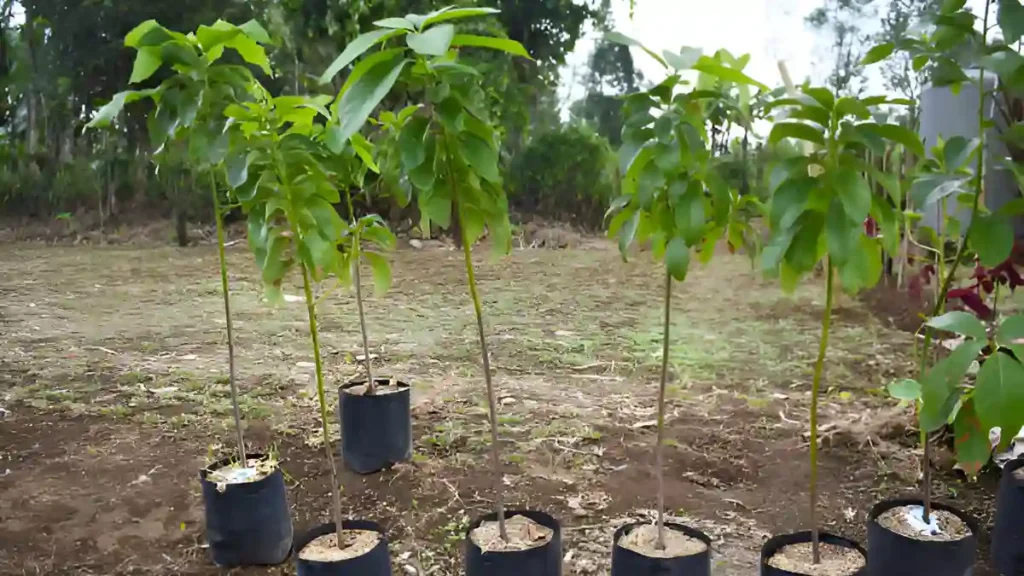
Avocado tree care tips:
3. Providing your avocado tree with soil, water, and mulch
- Avocado plants require well-draining soil, with sandy loam being the best type, but clay-based soil may require organic matter for drainage, and a pH of 6 to 6.5 is recommended.
- Avocado trees require frequent, deep irrigation to encourage stronger root development. Watering occurs when soil starts to dry up, and young trees need more frequent watering in summer. A mature tree needs around two inches of water per week.
- To protect the avocado tree’s shallow root system and improve soil moisture retention, add mulch at least 6 inches away from the trunk and add nutrients like wood chips or bark as the soil breaks down.
4. How to fertilize and prune an avocado tree
- Apart from eliminating dead wood in the spring, there is no need to prune the avocado tree. If desired, you can prune an avocado to keep it the same size. The majority of trees bear fruit in a few years.
- Fertilizing an avocado tree should begin in the late winter or early spring and continue until fall, based on the directions that come with the fertilizer you’ve chosen. Fertilizers made especially for citrus or avocado plants are effective.
5. Control of insects and diseases
- Common pests causing problems for avocado trees include lace bugs, borers, mites, thrips, cankers, sun blotch, fruit rot, and root rot. Diseases like cankers, sun blotch, fruit rot, and root rot can also occur. It’s crucial to monitor these pests and early signs of illness to address any issues promptly.
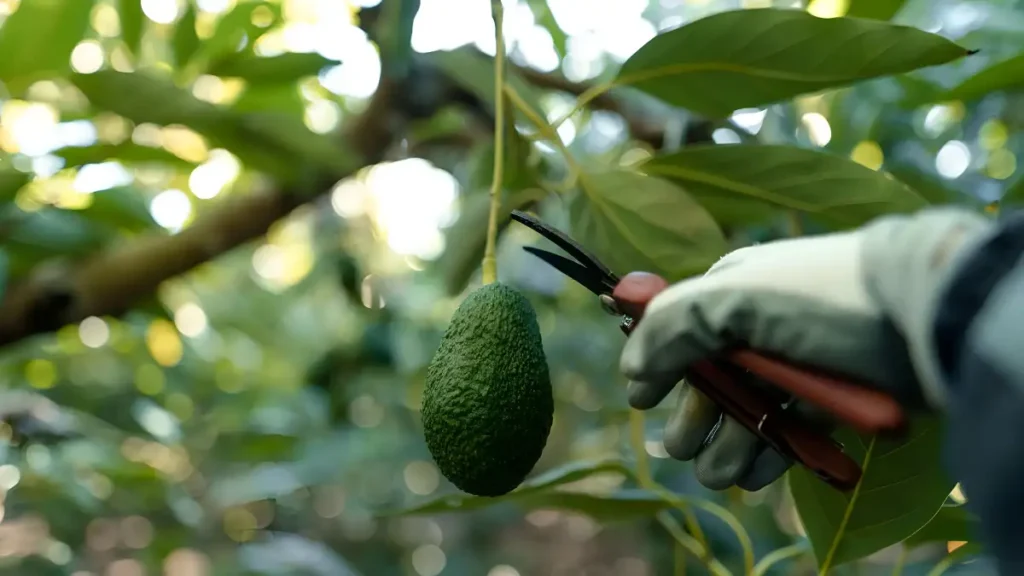
Conclusion:
Growing and caring for an avocado tree may be a highly rewarding experience, whether you start from seed or nurture a young tree. You may have a fruitful and healthy avocado tree for many years to come by choosing the correct kind, giving it the care it needs, and keeping an eye out for pests and illnesses.
Certainly! If you’d like to learn more, please consider following our WhatsApp Channel: Harvest Gardening
A frequently asked questions:
Q1: How long does it take to grow an avocado?
A1: An avocado tree developed from seed takes between 5 to 13 years to bear fruit; however, grafted plants can begin bearing fruit in as little as 3 to 4 years. Care and growing conditions also impact the period.
Q2: Can avocado trees tolerate cold temperatures?
A2: Although certain kinds can tolerate temperatures as low as 28°F (-2°C) for brief periods, avocado trees are susceptible to frost and normally thrive in temperatures above 60°F (16°C).
Q3: When is the best time to harvest avocados?
A3: When avocados are fully ripe yet still hard, they should be picked. The best season is usually between late fall and early spring, depending on the variety and environment.

